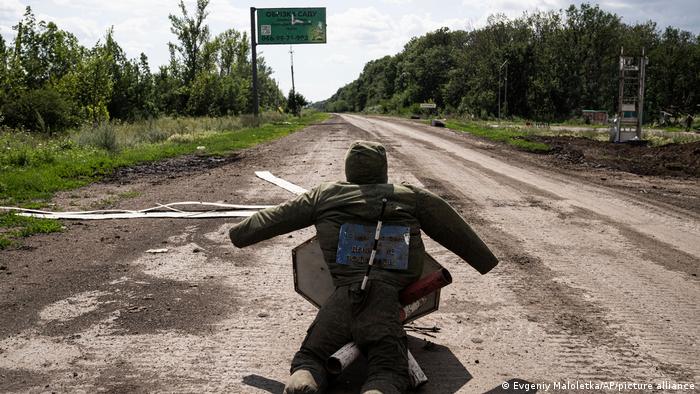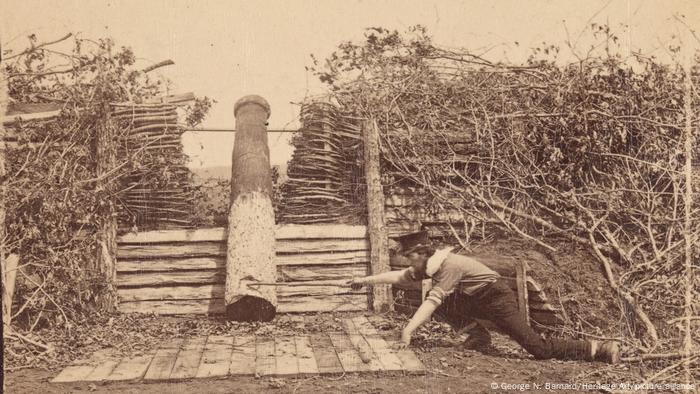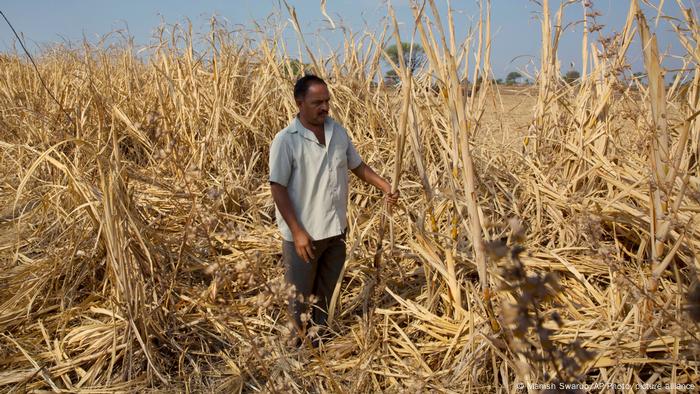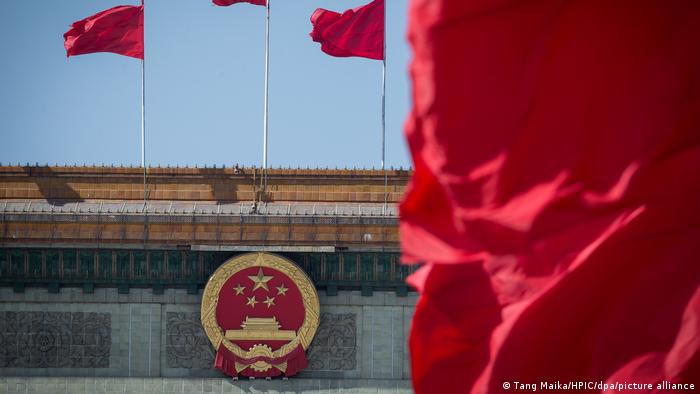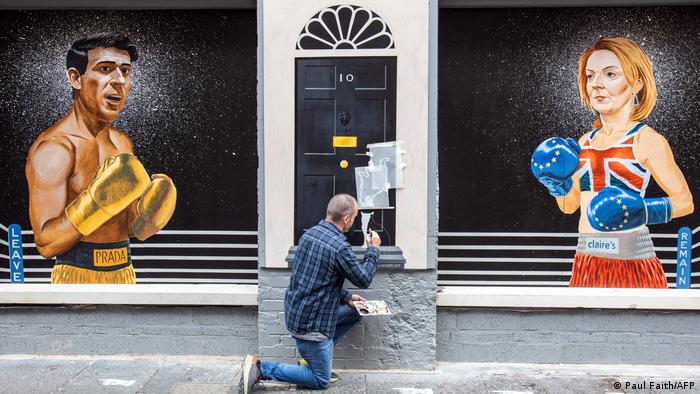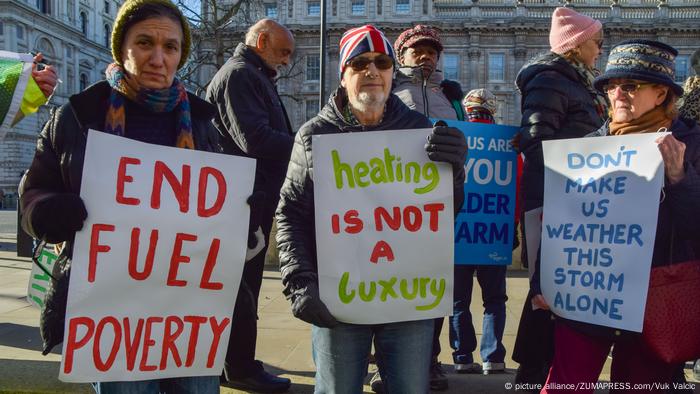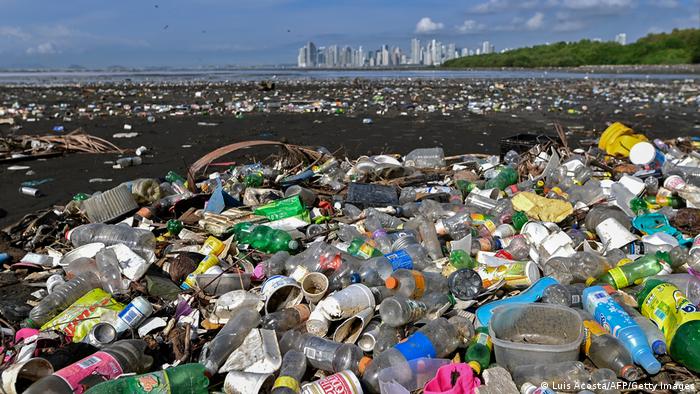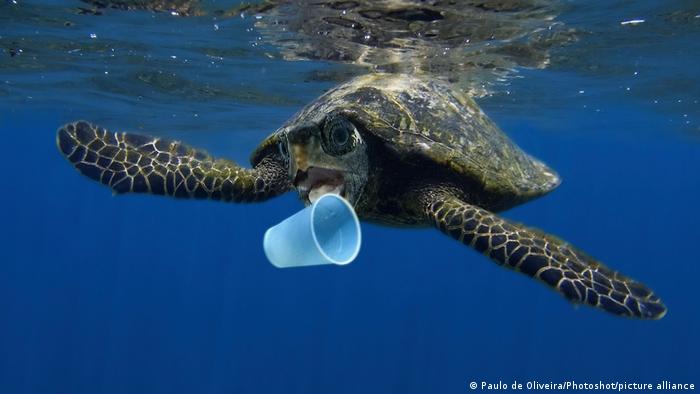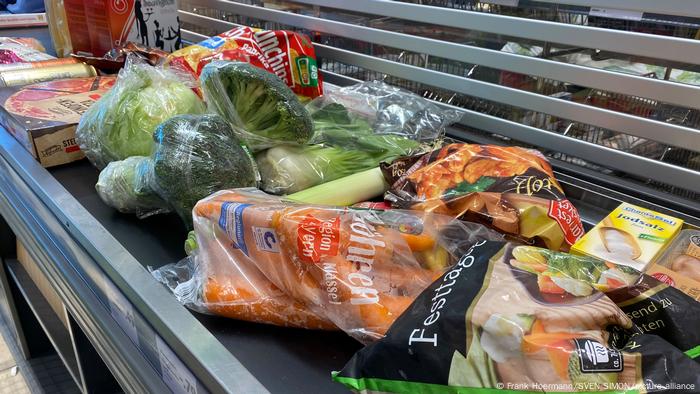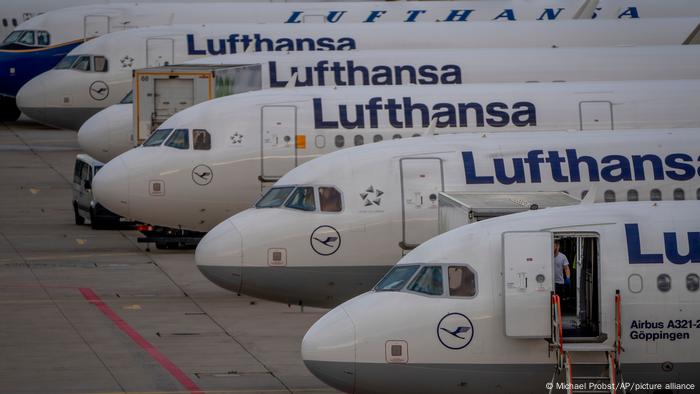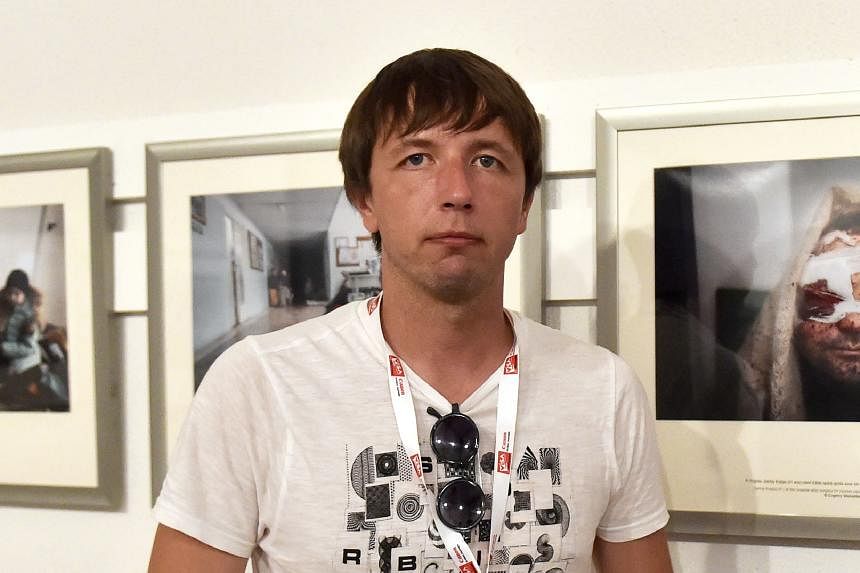Germans revive Cold War Monday demonstrations amid inflation
Protesters from Germany's left and the right have called for regular Monday protests against the rising cost of living. These evoke the peaceful revolution in East Germany but also of recent anti-immigrant rallies.

By helping bring down communist East Germany, Monday demonstrations have a storied history in Germany
Parties on both the left and right of the political spectrum in Germany have announced a "hot autumn" with regular Monday demonstrations.
The socialist Left Party was the first to announce the new series of protests against Germany's rising prices for gas, energy and food.
It chose Leipzig, a city in former East Germany, as the location for its first Monday march on September 5.
The choice of Leipzig has a powerful symbolic resonance: This is where East Germans played a decisive role in toppling the dictatorship in the German Democratic Republic (GDR) with their Monday demonstrations.
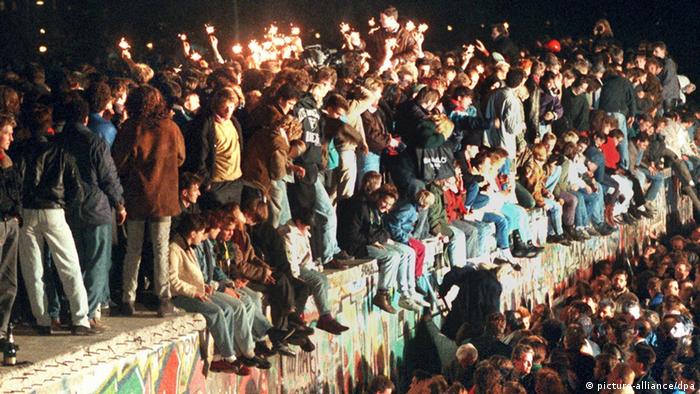
THERE WAS ONCE A WALL...
The Wall that no one feared anymore
Just 48 hours after the borders were opened, the so-called "death strip" had lost its power to terrify. Berliners celebrated in front of, behind and on top of the concrete wall that had divided the city. East and West Germans were one people again.
12345678910111213141516
What were Cold War Monday demonstrations?
It all started with prayers meetings at Leipzig's St Nicholas Church that evolved into demonstrations in September 1989. These peaceful protests eventually spilled into other towns and cities across East Germany.
Protests around the 40th anniversary celebrations of the GDR on October 7, 1989, were met with a forceful response by the state. Despite the increased international attention at the time, some 3,500 people were arrested and many others injured throughout East Germany.
The next day, October 8, some 8,000 police and armed military units gathered in Leipzig. This triggered fears that the state would crack down on the Monday demonstration by using the "Chinese Solution" — a term East Germans used to refer to the Chinese massacre of pro-democracy protesters in Tianamen Square, which had occured only a few months previously.
More than 70,000 protesters, out of Leipzig's population of 500,000, turned out and marched peacefully on that date. Across the country, hundreds of thousands protested against the communist regime of the Socialist Unity Party of Germany (SED) at the time, chanting "We are the people!"
The security forces backed down.
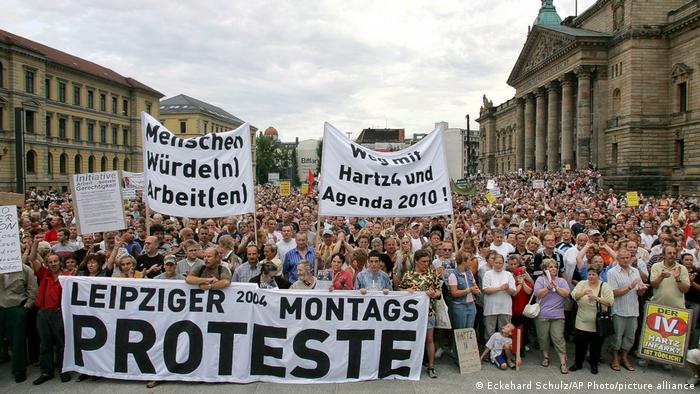
In 2004, East German protesters took to the streets of Leipzig on Mondays
to show their anger against labor market reforms
AfD and Free Saxons compete with the Left Party
The fact that Monday was chosen for this week's marches obviously enhances that symbolism, something that has not gone down well with some.
The Green Party criticized Sören Pellmann, a Leipzig-based member of the Bundestag and Left Party's eastern Germany representative, for using the term "Monday demonstration," as he believed it had a symbolic meaning that was directed against the SED, the Left's precursor party.
The Greens also accused the Left Party of accepting "that far-right appropriations of the Monday demonstrations in the center of the city could become acceptable."
That was an allusion to the fact that in addition to the Left Party, several right-wing parties have also called for demonstrations, including the far-right splinter party called Free Saxons and far-right populist Alternative for Germany (AfD), which is represented in the Bundestag and under surveillance by Germany's domestic intelligence agency.
The Left Party leadership has defended itself against the accusations. They are aware of the danger coming from the right, said Janine Wissler, who shares the party leadership with Martin Schirdewan.
As for Schirdewan, he defended the plan for the Leipzig demonstration as a "powerful, peaceful protest" for a political course correction.
The protest slogan translates as "Unburden people. Cap prices. Tax excess profits." Wissler argued: "Protests against the economic and social consequences of the war in Ukraine should not be left to the right. After all, the Left is the party of social justice."
But right-wing extremists have already demonstrated the danger of appropriation. "Together against those up there": Under this slogan, the smallest party had registered its rally at the same location as the Left near Leipzig's main train station, giving the impression that it was pulling together with its political opponents. The Left Party successfully took legal action against this.
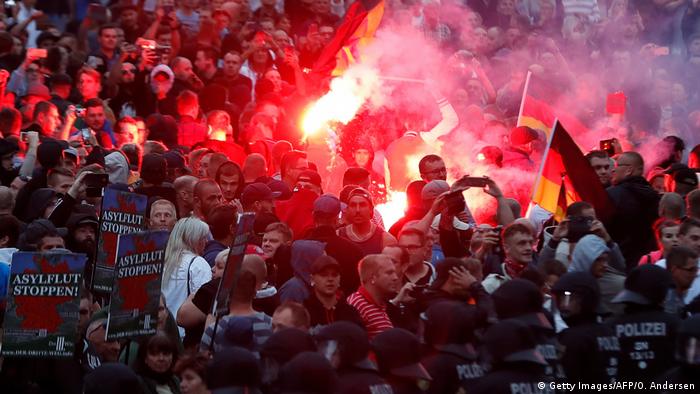
Far-right xenophobic demonstrations by the PEGIDA movement turned violent
like here in Chemnitz on Monday August 27,2018
The far-right appropriates the battle cry: 'We are the people'
The label "Monday demonstration" has been appropriated many times since Germany's reunification in 1990, by both the left and the right. In 2004, the Party of Democratic Socialism (PDS), another forerunner of today's Left Party, mobilized against what was known as "Agenda 2010," the then government's reforms of unemployment benefits.
In 2014, the xenophobic"Patriotic Europeans Against the Islamization of the Occident" (PEGIDA) launched demonstrations against immigration every Monday, first in the state of Saxony and later throughout Germany. The movement reached its peak when Chancellor Angela Merkel allowed around a million refugees in 2015 and 2016, mainly from war-torn countries such as Syria and Afghanistan, to enter Germany to claim asylum.
In the Saxon capital of Dresden alone, up to 25,000 people took to the streets, specifically echoing the tradition of the GDR's peaceful revolution with the slogan: "We are the people." PEGIDA protests still take place today, though more than 200 people rarely take part.

Protesters against COVID regulations appropriated the Monday demonstrations
in 2021, labeling their far-right protests as 'Monday evening strolls'
COVID protest disguised as a 'stroll'
Another mass movement emerged temporarily at the height of the coronavirus pandemic, when protests against the government's policies to contain the virus were called "Monday strolls" in an attempt to evade and satirize lockdown restrictions. However, with falling infection figures and the removal of almost all restrictions, such as mandatory masks in stores, cinemas or concert halls, this variant of the Monday demonstrations has also died down.
Now the Monday demonstrations are set to bloom again. The dispute about the alleged or actual misuse of the original from the fall of 1989 will probably continue.
This article was originally written in German.
